Artist Interviews 2022
Juan Ballesteros 
By Julia Siedenburg
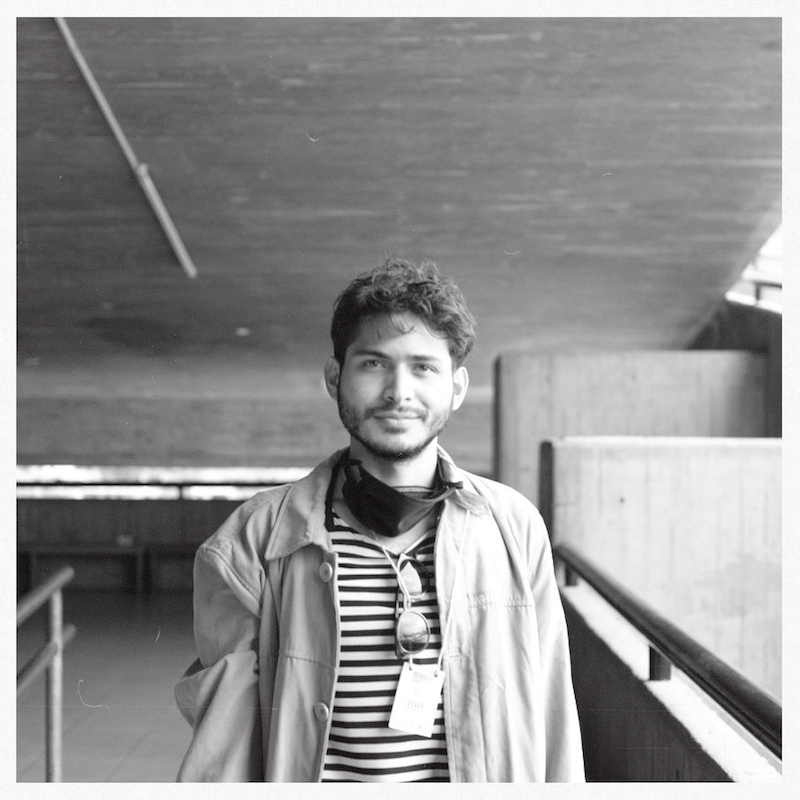
Juan Ballesteros aka per_volo is an amazing collage artist, photographer, and visual artist. I stumbled across his art online and I knew right away I wanted to know more about it and the artist behind it. The native Venezuelan has an exceptional eye for imagery composition. His work stands out due to its mysterious nature and also the red dots that are delicately placed and so immediately grab your attention. Opposites that come together in his artworks somehow result in an eerie harmony.
I had great pleasure of interviewing this great artist and I hope you find joy in his work and his stories as well, dear reader. Enjoy!
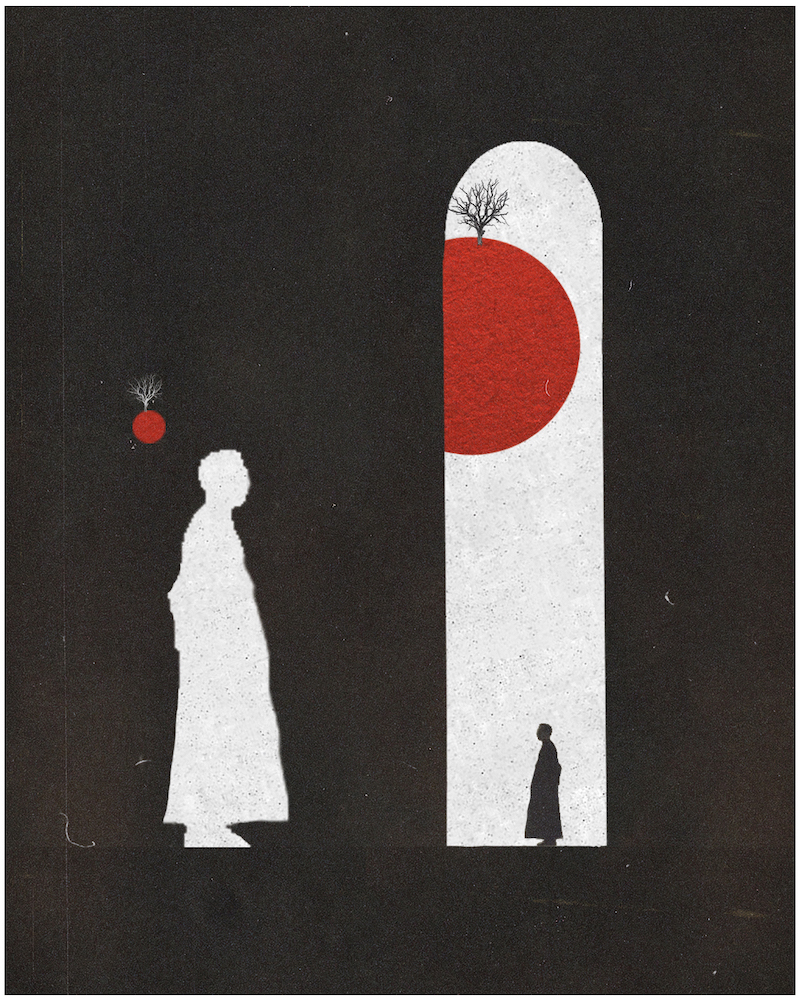
What is art for you?
It is a bit complicated to answer this question since it is a concept that has been constantly changing and most probably will continue to do so. I believe that art is a way of capturing, processing and transmitting the sensations or thoughts that we have about reality. It is a language, a language free from the moorings of grammatical or semantic logic that by using sensations encapsulated in something tangible allows communication at various levels and generates a questioning or reaffirmation about what we see, feel or think.
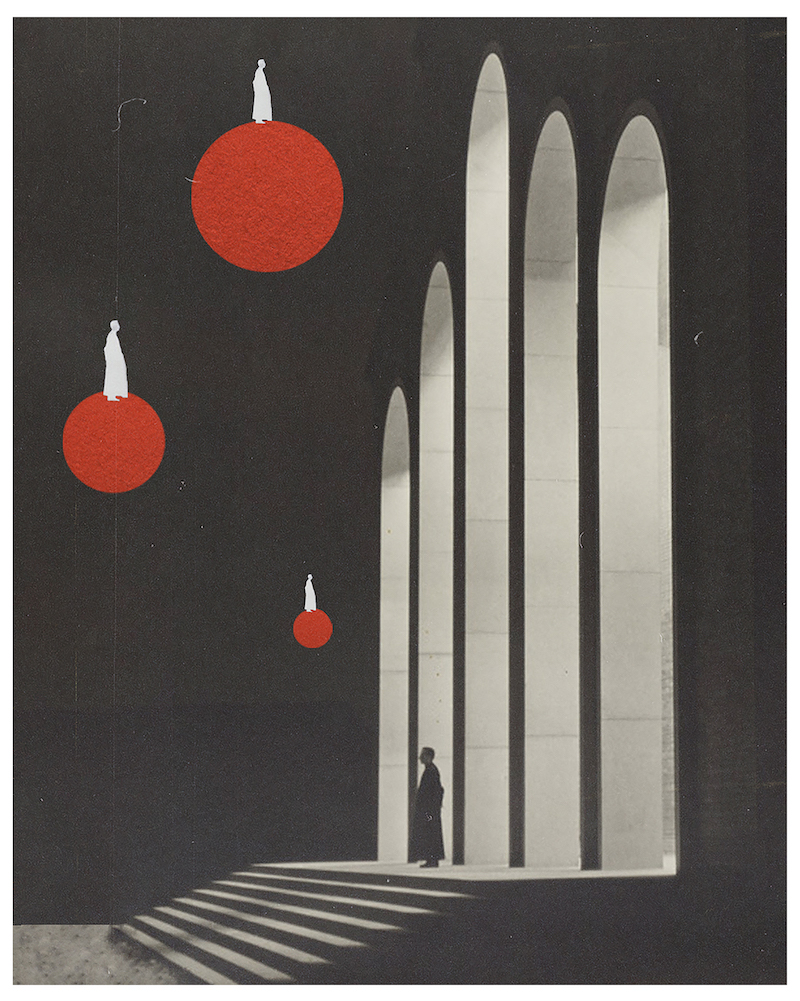
Which artist is your biggest inspiration?
I think my daily life. All my artistic production comes from wanting to order or give a sense to my emotions, feelings, thoughts, abstractions, dreams. The images arise from phrases I hear or associations between what I see, smell, touch and my idea about it.
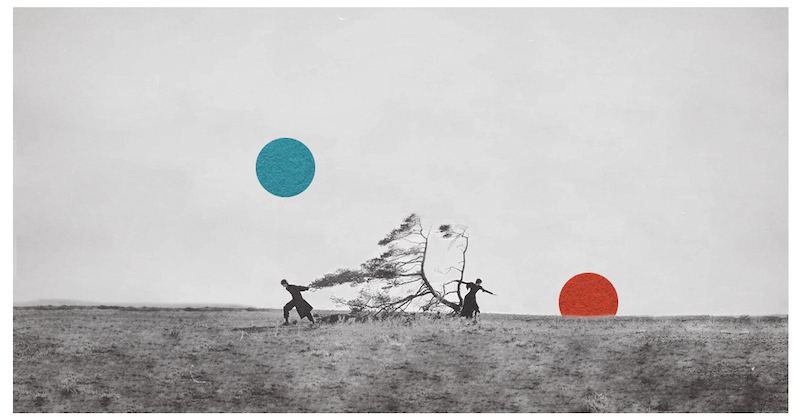
Your beautiful collage pieces show reality as well as surrealistic scenes in grey that are illuminated by a pop of color - a sometimes smaller sometimes bigger red dot. Tell us the idea behind the red dot and why there is only one image where it is blue.
The red dots are a constant experiment in my research on how exchanges of meaning work in images. How a minimalist object can affect the reading order and intensity of the piece by allowing the viewer, the person who sees the piece, to pour some of their sensory baggage into it. There is no specific meaning, each reading alters how we see the red dot. Yes, a bit like memories.
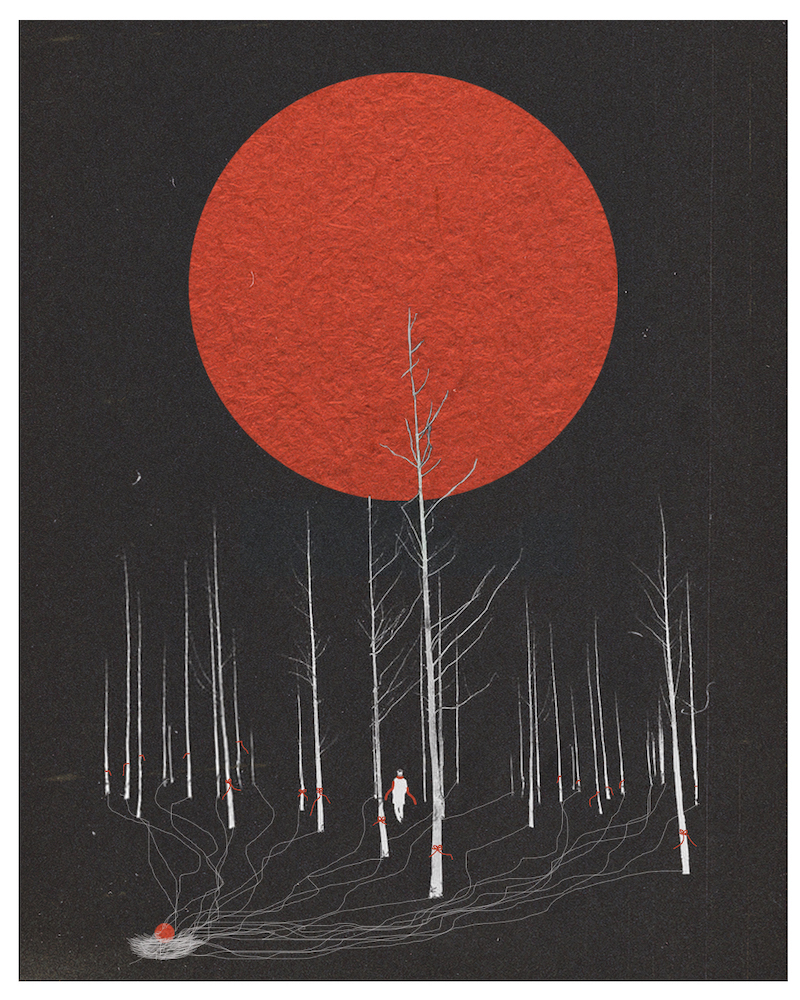
On IMPRINT
you describe yourself as a “smoke maker” and you also say that you believe that “ images are a much more accurate means of breaking down and transmitting our perception of sensible reality”. Please explain this further to us, where that idea comes from, and what exactly you want to convey with your images.
I believe that the images with which we represent the world are more faithful to the world we perceive than any other medium. I believe that the alteration we make in the process of capturing and processing the sensitive reality is inherently human, it is loaded with memories, experience, sensations and emotions. Yes, through them we can build new ways to show our personal baggage or encapsulate temporally, spatially or sentimentally a moment outside the conventions given by meaning.
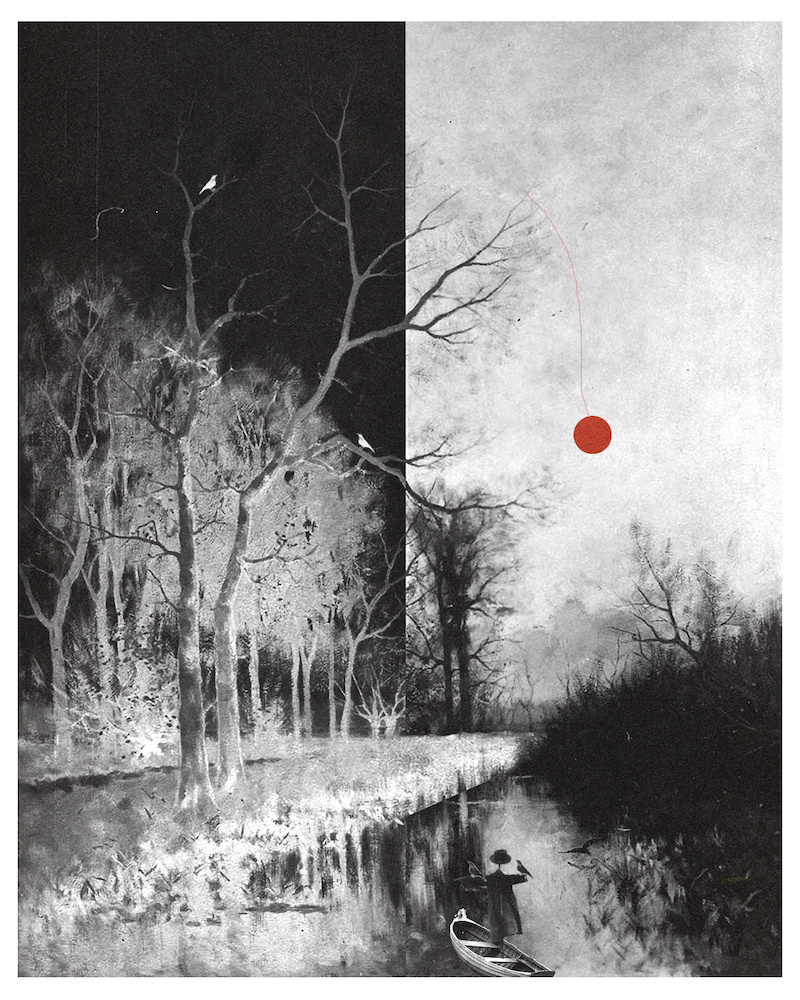
Besides the dot collages, some of your images are simply held in a hashish grey, others are seen to be photographs. Some of your work is even in full color. Tell us a bit about those series of yours and what they mean to you.
Like my collages, my photographs or my short films are attempts to encapsulate reality, to create space-time-sensorial dams so that they do not get lost in the synergy of the world. The form sculpts itself as I make them until it becomes the simplest and most direct mode of communication.

You live in Merida, Venezuela. How is art used, represented, and seen in your country, and do you think your art would be vastly different if you would live somewhere else?
Mérida is a university city surrounded by mountains. The cultural representations and traditions that come from the towns sprinkled by the mountains have been maintained from generation to generation, although in spite of this the ideas that have emerged in the university have also involved new air to the artistic creation. Personally, for me this place is a magical place, I have read that several indigenous groups of the pre-Hispanic era believed that this charm was due to the lagoons (there are a large number of lagoons). I know people who have come from all over and by intention or chance passed through Merida and decided to settle here, it is a place that once its comfort grabs you it is hard to leave. I think that if I had lived in another country I would never have gotten involved in collages. For some years now I have been interested in different arts, but that interest coincided with a serious economic crisis. Paints, plaster, clay, brushes are difficult to buy when food and medicine are scarce. The collages came from old and used German expressionist theater magazines that I got at a used book sale. Yes, it is wonderful to think how one would not have been possible without the other.
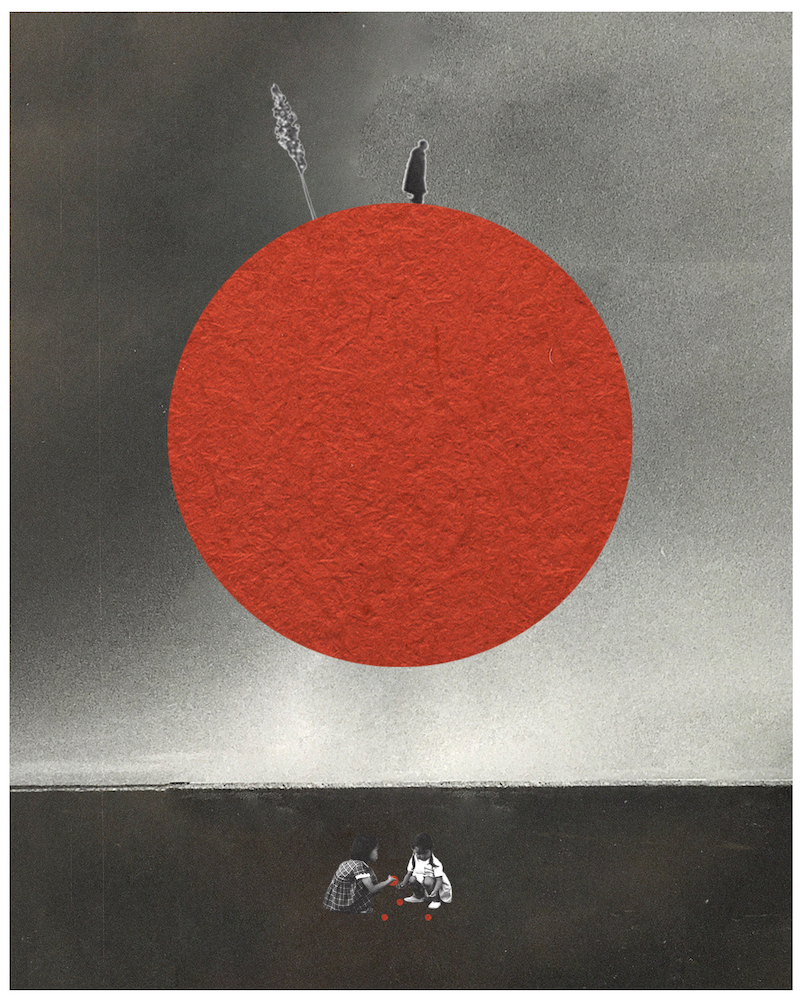
Tell us a bit about your childhood and growing up. How did you find your way to making art? Was it something that you were interested in since childhood?
I didn't have the confidence to make any kind of artistic activity when i was a kid. Any attemp of doing something was inmediatly discouraged at first by me and later by the people around me. Neverthless, my imagination started to expand a lot during that time. Whether it was playing games with my sister and cousings in wich we could spend hours pretending to be astronauts, pirates or any kind of animal or staring for long periods of time at things without any kind of history like cups, leaves or clouds, i could create new places and times that were very far away from where i was at the moment. Of course, this passing worlds desapeared at the very moment i left them to focus on anyother thing. I like to think that this things that i created, went lost because i couldn't capture them in some phisycal form. Those things were a bit like whispers.
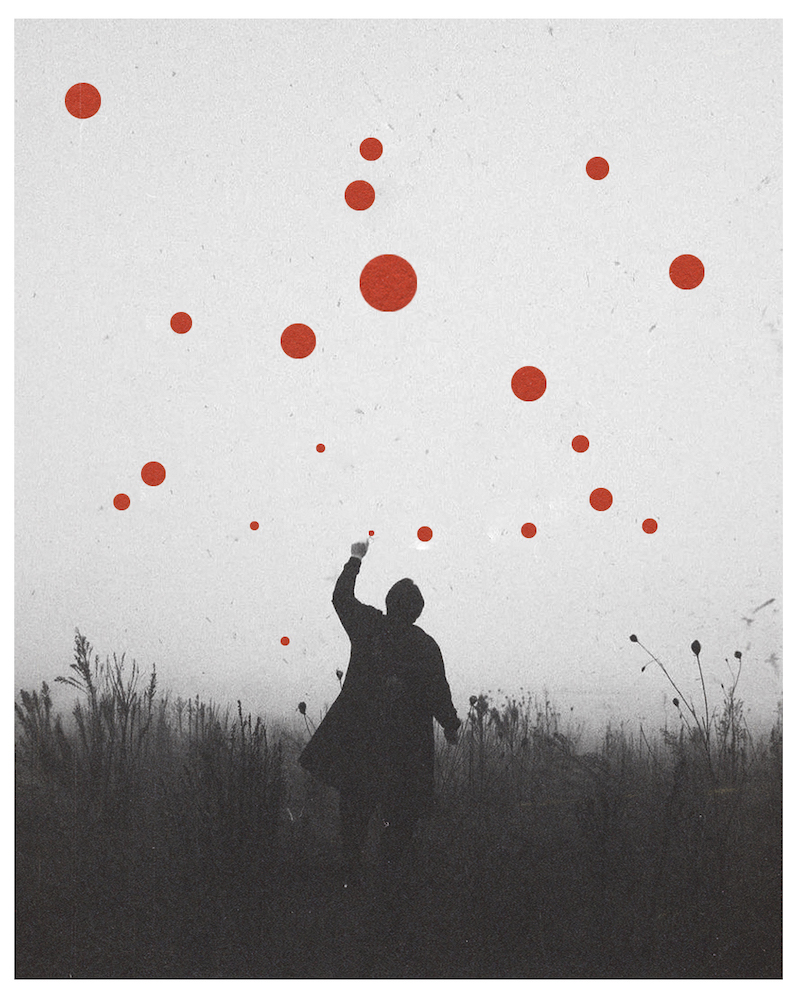
There are currently a lot of movements and revolutions forming. Do you think art has the power to spread a message around the world or change someone’s point of view about a specific topic?
I believe that art's ability to break conventionality can be a catalyst for discovering new ways of apprehending what makes up our world.
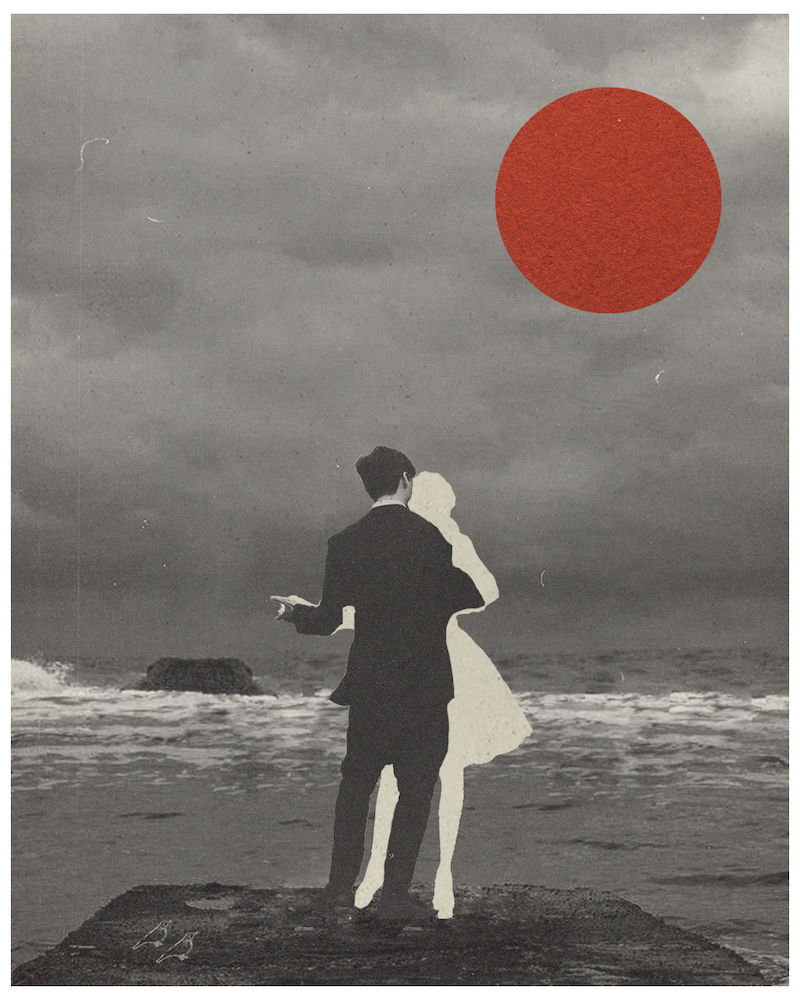
Your work is available to be bought on many different materials—Canvas, Acrylic, metal, and even postcard paper. Which one of these is your favorite material/ way to show your pieces and why?
I really like the postcard format. Postcards are private communications to the public eye. Unlike letters they don't have envelopes, you send it and anyone can read/see what you wrote on it. With images it's the same thing, I like to think about the degree of intimacy you must have to recognize symbols shared between two people. It's something like being in a crowded market and knowing which are the eyes you were looking for.
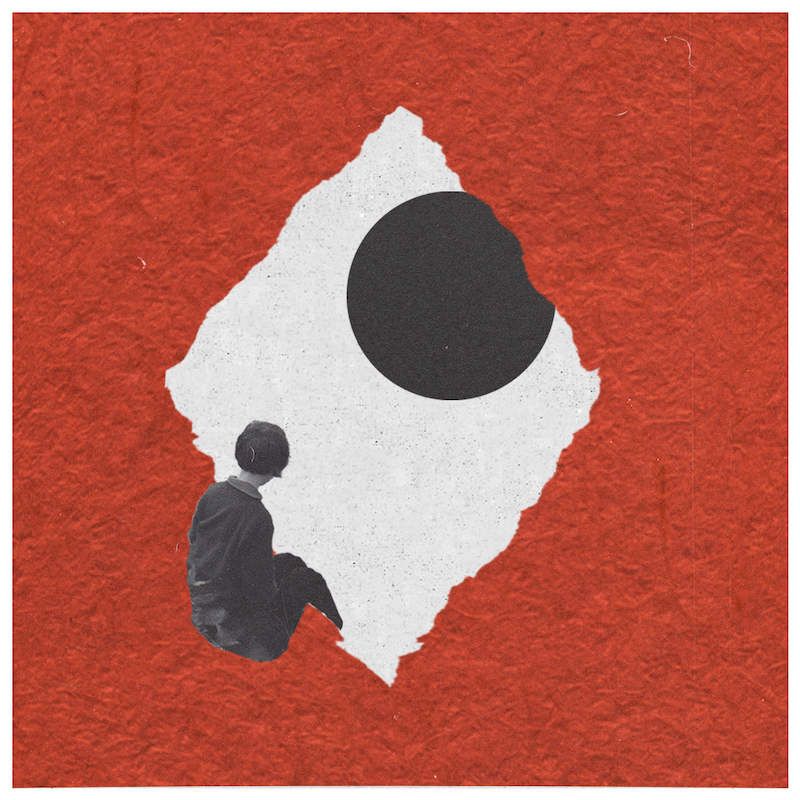
What is next? What are you hoping to achieve in the future?
I would like to continue exploring new ways to encapsulate and represent reality. Embark on journeys to collect data and examples first hand. Lately I've been interested in the use of verbal communication (everyday speech) and how that interacts with the shaping of an imaginary and collective memory. I also want to dedicate myself to continue making films, I'm in the middle of my film studies and this semester I'll start shooting fiction. I think there are many things to do, to see, to feel and to explore, it's a matter of continuing in a constant mood of exploration.
|
|

